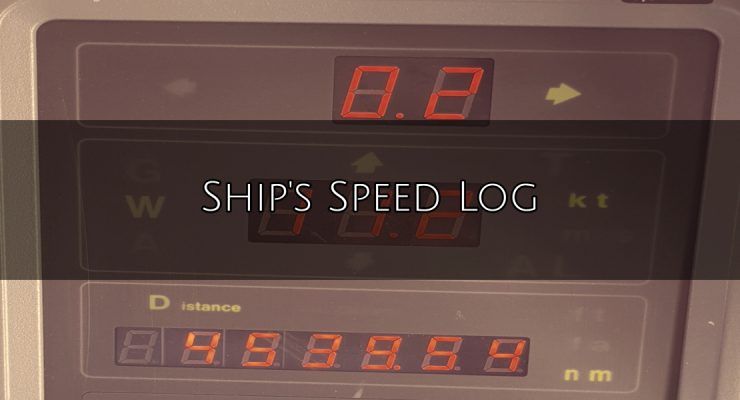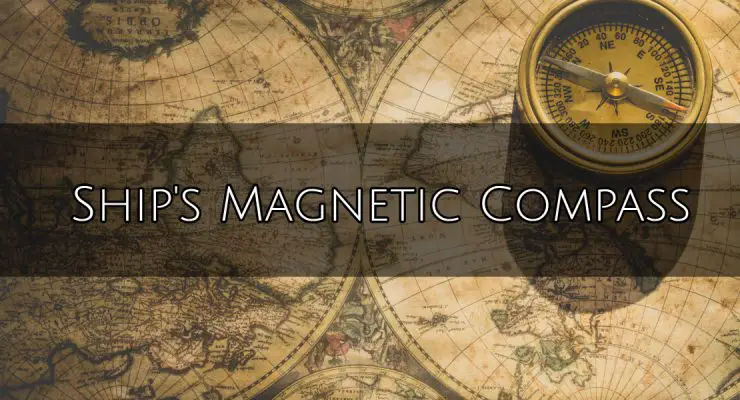An instrument for measuring the speed of a ship through water is called a ship's, or maritime, log. The same word is also applied to the daily record of a ship, though it is more properly termed a logbook. History In the years of sailing ships, the Dutchman's log was an early method of calculating ship speed. An object that would float was thrown into the water near the forward part of a ship. In the after, or rear, section, a sailor with a sandglass noted the time taken for the ship to pass the object floating in the water. From the time and the known distance between the two points on the … [Read more...]
Archives for June 2018
The Marine Chronometer
The spring-driven marine chronometer is a precision timepiece used aboard ship to provide accurate time for celestial observations. A chronometer differs from a spring-driven watch principally in that it contains a variable lever device to maintain even pressure on the mainspring, and a special balance designed to compensate for temperature variations.A spring-driven chronometer is set approximately to Greenwich mean time (GMT) and is not reset until the instrument is overhauled and cleaned, usually at three-year intervals.The difference between GMT obtained directly from a radio time … [Read more...]
Ship’s Magnetic Compass – Dry and Wet Compass with their care, maintenance and bubble removal
As per Chapter V of SOLAS 74, as amended, a magnetic compass is a compulsory part of the shipborne navigational equipment. This is in addition to the gyro compass & suitably placed repeaters on the ship. This is so primarily because of the reliable dependence one can place on the magnetic compass, as a standby compass in the event of failure of electrical power on board. The regulation also stipulates that the magnetic compass should be properly adjusted and a table or curve of deviations is available on board at all times.Our intention is only to give you a brief description and … [Read more...]
Gyro Compass – Basic Principle, Operation and Usage on Ships
Gyro Compass is a navigational compass containing gyroscope motor that registers the direction of true north along the surface of the earth and it does not depend on magnetism. or A compass with a motorized gyroscope whose angular momemtum interacts with the force produced by the earth's rotation to maintain a north-south orientation of the gyroscopic spin axis, therby providing a stable directional reference. The Principle of Gyroscope A gyroscope consists of a spinning wheel or rotor contained within gimbals which permit movement about three mutually perpendicular axes, known as the … [Read more...]



